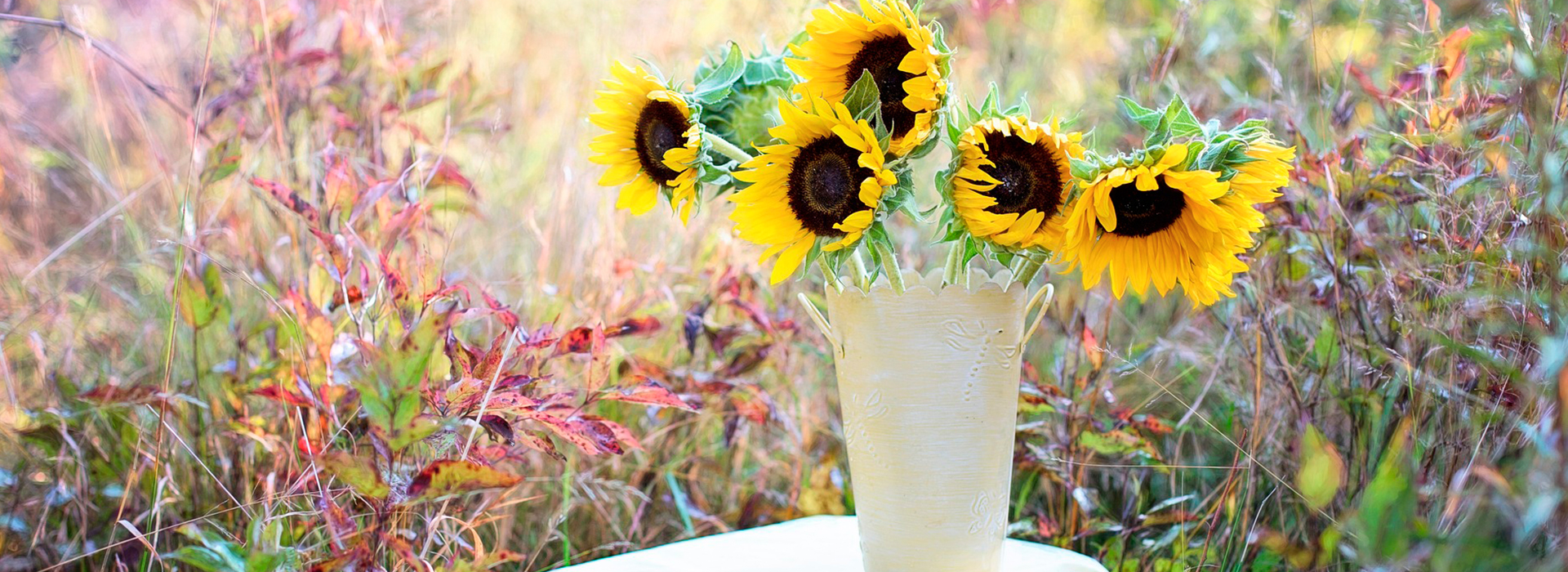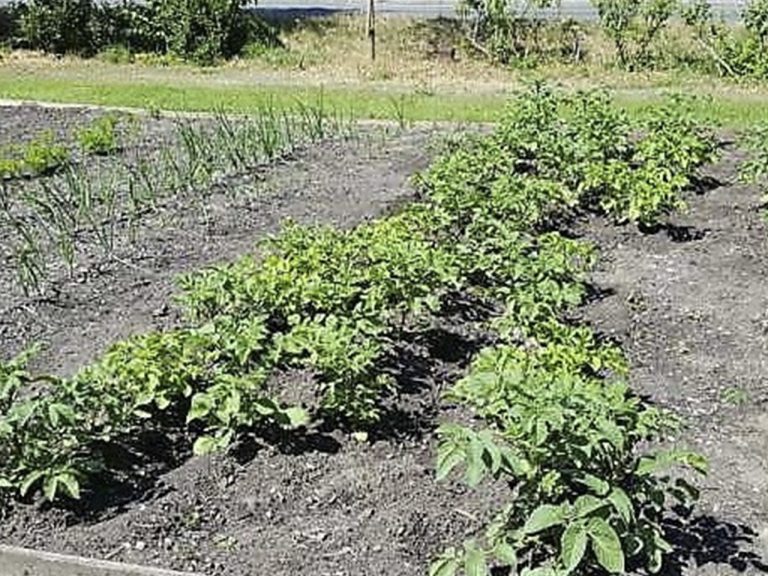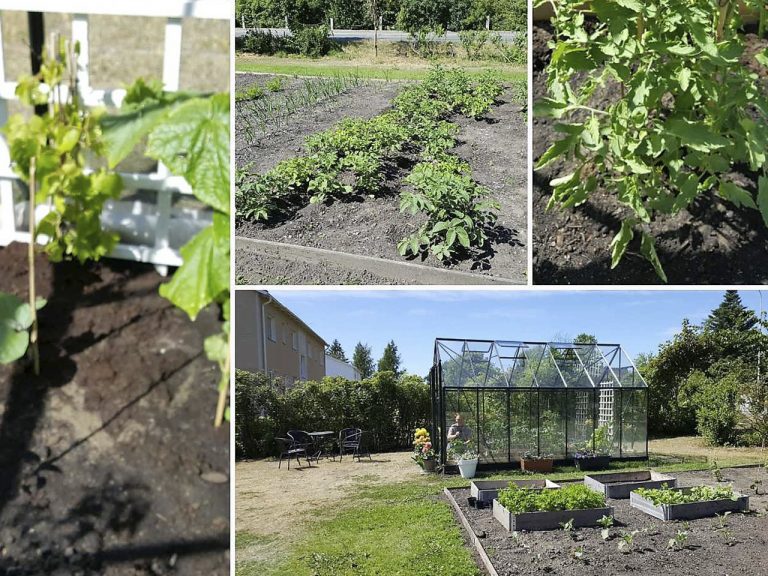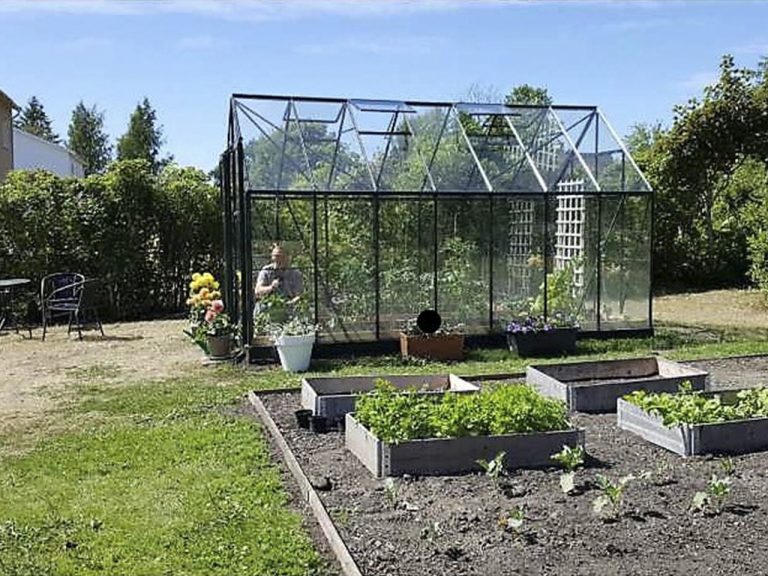Harvesting fruits and making of marmalde/jam together and possible sell it. Learning language while working together.
“When working to utilise the crops in the garden they can make jam that can then be sold. This makes all the clients feel valuable and skilled and gives them new knowledge and their self-confidence increases.”
Description of the activity
At the end of the season it should be harvested, and the berries and fruits should be made into jam. Everyone in the group helps with picking fruits and berries, they cleanse, rinse and use recipes that suit the different berries and fruits. They cook the jam and pour them into jars. Some sell them on a Christmas market to get money for buying new seeds for the next season for example.

 English
English  Deutsch
Deutsch  Español
Español  Svenska
Svenska 






